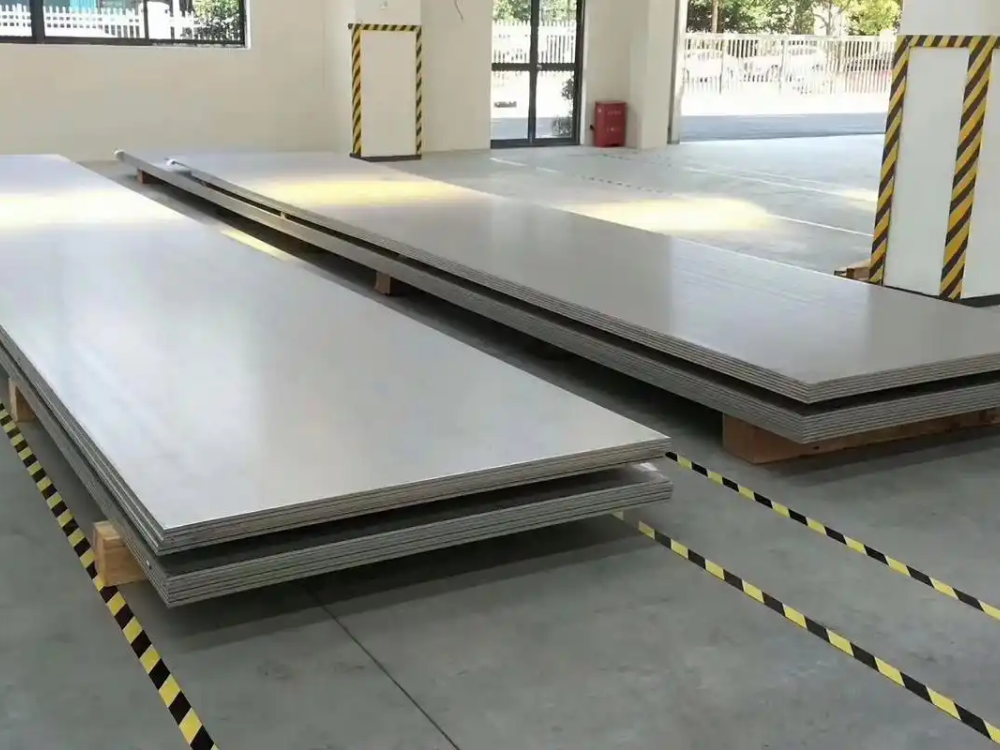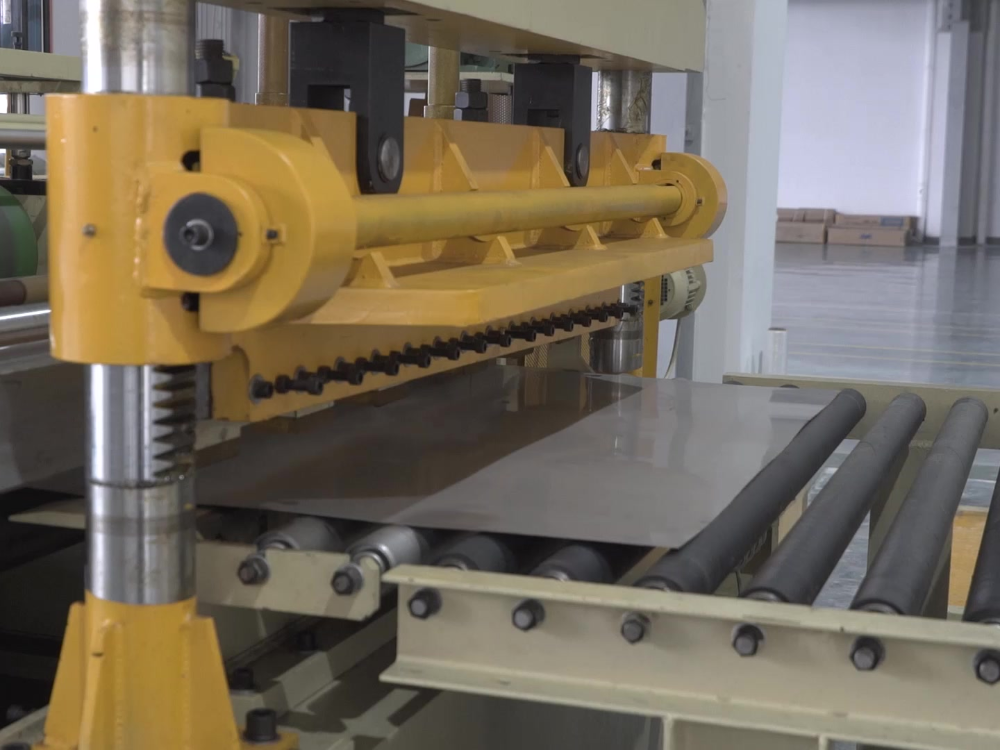contacti
Shanxi Jincheng Jincheng Shanxi Province Jincheng City Zezhou County Nancun Town 1000 meters west of Sijiang Village
Lamina ferri immaculati genus est laminae metallicae resistentis corrosioni et resistentis altae temperaturae, quae late adhibetur in constructione, industria chemica, electricitate, aviatione et aliis campis. Sequens est processus productionis laminae ferri immaculati.

1. Praeparatio Materiae Rudis:Principales materiae rudis laminae ferri immaculati sunt ferrum, chromium, nickel et aliae metalla. Primum, eligere debent materias rudis aptas secundum diversas exigentias et specificationes et eas miscere.
2. Fusiuncula:Ponite materias rudis in magnum fornacem et fundite eas per calefactionem altae temperatura. Per fusiunculam, compositio ferri immaculati iacere potest et temperari ad qualitatem et perficiendi producti curandam.
3. Continuus fundens:Fundite ferrum immaculatum in machinam continuus fundens et celeriter solidificate in billete per crystallizatorem et aquam frigida. Machina continuus fundens billetes diversarum specificationum et magnitudinum producere potest.
4. Calor volvens:Billet in molendino calido volvit, et post plures volutationes et extensiones, paulatim tenuius fit ad formandum necessariam crassitudinem et latitudinem. Durante processu volutationis calidae, lamina chalybis immaculati sub alta temperatura et pressione deformatur ad assequendas necessarias proprietates mechanicas.
5. Acidificatio:Certae scalae et impurae in superficie laminae chalybis immaculati calide volutae sunt, quae per acidificationem purgandae sunt. Immersio laminae chalybis immaculati in acido potest oxidas et impuras in superficie tollere et claritatem laminae chalybis immaculati augere.
6. Volutatio frigida:Lamina chalybis immaculati post acidificationem in molendinum volutum frigidum intrat. Post plures volutationes et extensiones, crassitudo laminae chalybis immaculati ulterius minuitur et eius qualitas superficialis et aequabilitas meliorantur.
7. Annealing:Laminae ferri inoxi frigido tractatae certum stress producunt et annealing necessarium est. Lamina ferri inoxii ad altam temperaturam calefit et deinde lente frigidus fit. Durante processu annealing, limites granorum laminae ferri inoxii recrystallizantur, stress eliminando et vi tensile et plasticitate meliorando.
8. Tractatio superficialis:Secundum diversas necessitates, lamina ferri inoxii tractatur superficialis, ut poliens, pickling, spargens, etc., ad pulchritudinem et resistentiam corrosionis laminae ferri inoxii augendam.
9. Secans et aequans:Lamina ferri inoxii secatur et aequatur secundum magnitudinem a cliente requisitam ad productum finale obtinendum.
10. Inspectio et sarcina: Lamina ferri inoxii qualitatis inspectio subicitur ut certum sit eam ad normas et requisita pertinentia convenire. Productum perfectum deinde sarcinatur ad transportationem et reconditum.
Supra est processus productionis laminis chalybeis inoxidabili. Hae gradus possunt curare qualitatem et efficientiam laminis chalybeis inoxidabili ad satisfaciendum necessitatibus variarum applicationum.


Copyright © Jincheng Jingang Luokaiwei Pipe Industry Co, Ltd. All Rights Reserved - secretum consilium